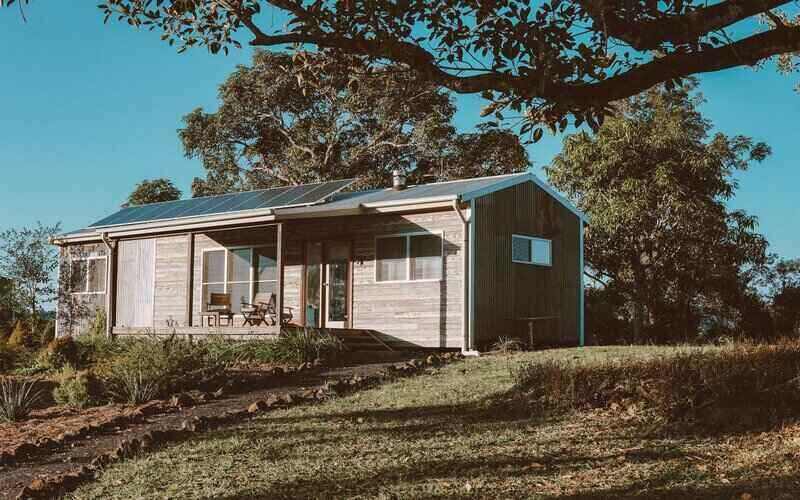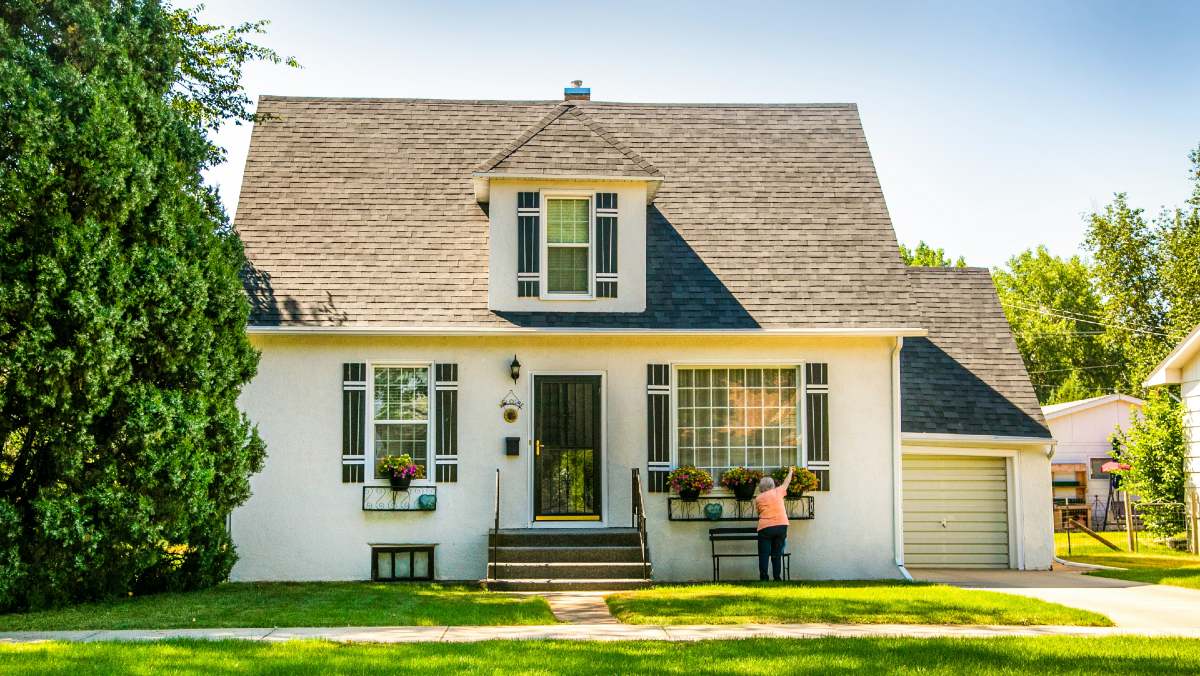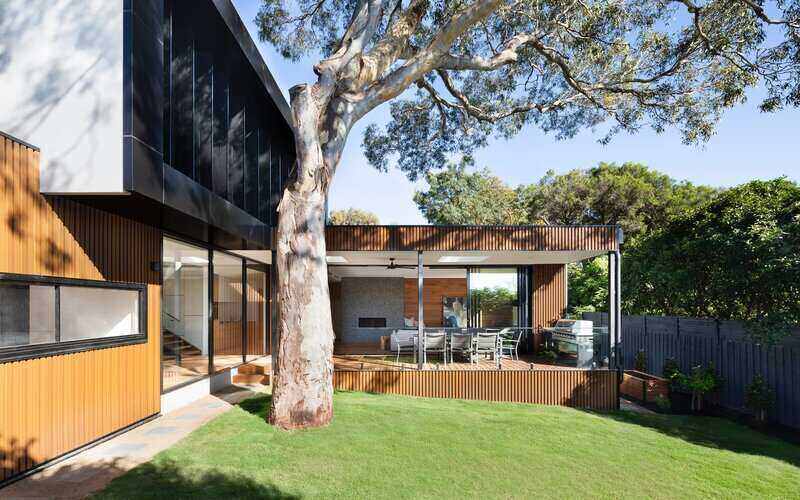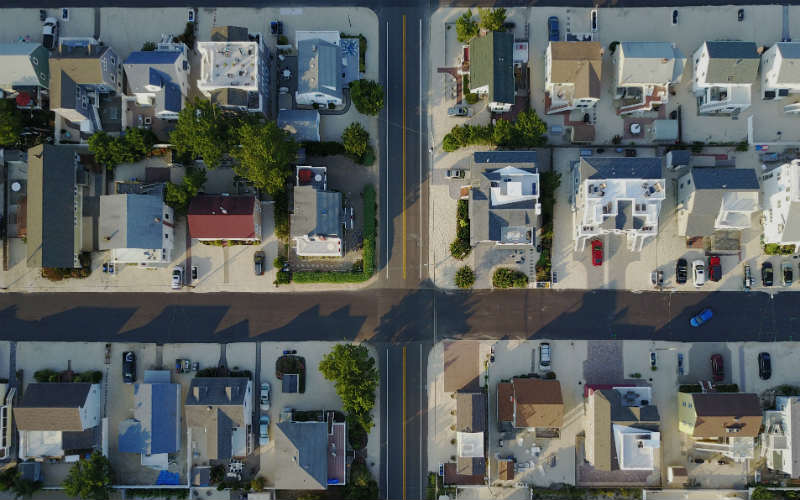Behind the great Australian dream of owning a property comes a price tag. Australians are diving deep into their pockets to fork out record amounts to grab a slice of the property market. Property prices across capital cities rose 23.7% in 2021, with the total value of Australia’s 10.8 million residential dwellings sitting pretty at just under $10 trillion.
Buying a home or looking to refinance? The table below features home loans with some of the lowest interest rates on the market for owner occupiers.
| Lender | Home Loan | Interest Rate | Comparison Rate* | Monthly Repayment | Repayment type | Rate Type | Offset | Redraw | Ongoing Fees | Upfront Fees | Max LVR | Lump Sum Repayment | Extra Repayments | Split Loan Option | Tags | Features | Link | Compare | Promoted Product | Disclosure |
|---|---|---|---|---|---|---|---|---|---|---|---|---|---|---|---|---|---|---|---|---|
5.54% p.a. | 5.58% p.a. | $2,852 | Principal & Interest | Variable | $0 | $530 | 90% |
| Promoted | Disclosure | ||||||||||
5.49% p.a. | 5.40% p.a. | $2,836 | Principal & Interest | Variable | $0 | $0 | 80% |
| Promoted | Disclosure | ||||||||||
5.64% p.a. | 5.89% p.a. | $2,883 | Principal & Interest | Variable | $250 | $250 | 60% |
| Promoted | Disclosure | ||||||||||
5.64% p.a. | 5.89% p.a. | $2,883 | Principal & Interest | Variable | $248 | $350 | 60% |
| Disclosure |
Factors influencing property values
As house prices continue to climb north, there are a number of factors that influence a property’s value and the price received come sale time. To generate a true understanding of property value, basic valuations using local sales and market reports to more in-depth valuations by agent appraisals and bank valuations offer insights into the factors that impact the value of your property.
Previously we’ve covered a range of property market factors that impact how much your home may be worth. Below you’ll find a number of broader economic factors that impact property value and overall price.
Read more: How much is my house worth?
Location
One of the driving forces in influencing property value is the desirability of location. If your home is by the water in a popular coastal area, close to amenities and with ease of access to public transport, generally it could be valued higher than a home on the outskirts of town with access to only a small number of resources.
There’s also the fact that some suburbs simply have a better reputation than others due to factors such as unemployment or crime rates. Two homes just streets apart can differ substantially in value if they’re simply located in different postcodes.
It’s important to note that the desirability of certain areas can come in and out of fashion, much like the growth in regional areas over the past two years with flexible working arrangements altering work-life balances, so your house could potentially be worth more now than it did when you first purchased it.
Supply and demand
In any market, supply and demand drives price expectations for goods and services. When it comes to property value, if demand exceeds supply property prices will increase. This occurs when there are more people in the market for a smaller number of properties and the competition to secure a home drives prices up. On the other hand, an oversupply of properties within an area with little appetite for demand, can be detrimental to property value.
Things to look for when researching properties include time on market, vacancy rates, and the number of listings in any given postcode, and if those numbers have changed recently.
Interest rates
When the Reserve Bank of Australia (RBA) alters monetary policy, this can influence the value of property. Low interest rates result in money being cheaper to borrow. This tends to drive up house prices because people can stretch budgets further by borrowing more money.
However, when interest rates rise lenders generally increase mortgage rates. These higher interest rates in turn make home buying less attractive as it becomes more expensive to have a mortgage due to greater repayment amounts. This can affect borrowing power, and over time this can trickle through to property prices.
Demographics
As levels of migration increase in a post-COVID world, so does the population and more people means more demand for homes. More demand as noted earlier generally means higher prices.
At the same time, the type of people living in a specific suburb or region will influence property values. For example, if young families are the dominant demographic in the area, multi-bedroom houses will be more sought-after than small apartments.
Economic outlook
As the economy grows and wages increase more people can afford buy a house. This increases demand for property overall, which increases prices.
In recent times, wage growth has been relatively subdued, outpaced by inflation and soaring house prices, yet the average Australian remains four years ahead on their home loan. Property prices recorded the strongest annual growth on record in 2021, while factors including high savings buffers, large offset account balances, the economy nearing full employment, and low housing supply all point towards positive economic outlook.
Image by Pixabay via Pexels

Ready, Set, Buy!
Learn everything you need to know about buying property – from choosing the right property and home loan, to the purchasing process, tips to save money and more!
With bonus Q&A sheet and Crossword!







 Denise Raward
Denise Raward
 Jacob Cocciolone
Jacob Cocciolone













